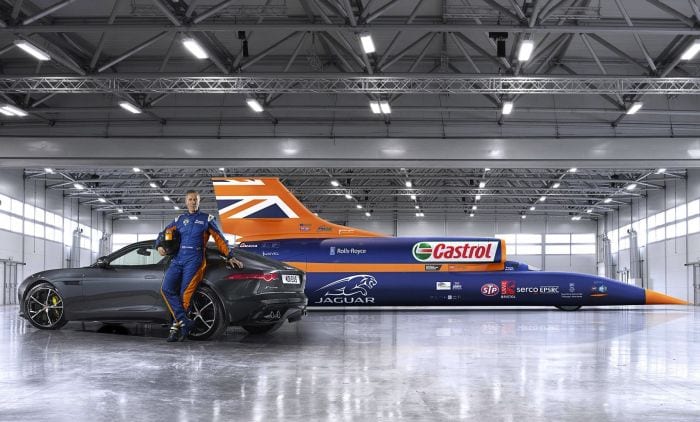The Jeep Wrangler will now be built with an aluminium body.
Jeep will continue its body-on-frame design. I have seen people comment on the concept of switching to a unibody design, but there was a great deal of opposition to that. Some opponents of the switch cited that unibody designs are not as durable as body-on-frame designs, which is true, although they could help cut the cost of the Wrangler.
Another point made was that the Wrangler is roofless, so it would lack the structural support a roof would normally provide in a unibody design. Convertible cars are roofless and don’t have a frame supporting the entire vehicle like the Wrangler does. However, durability isn’t as important to those cars.
The Wrangler’s customer base wants a rock-solid vehicle of steel. They want it to be as durable as possible. This is why some of them may oppose the use of aluminium.
Jeep could have lost sales if they stuck with steel due to being outperformed by the others’ fuel efficiency, as they switch to lightweight aluminium and composite materials. On the other hand, if most of Jeep’s customer base is more concerned about their durability and want only a traditional steel chassis, they could lose customers by switching to aluminium.
This is why the customer is ‘always right’.
“It is a problem because the evolution of the architecture will entail a significant change in the way in which Wrangler is built,” said the CEO, Sergio Marchionne. “We need to preserve two things: all of [Wrangler’s] capabilities, and certainly we need to modernize it.”
Automotive News reported that production of the Wrangler will remain in Toledo, Ohio, although the CEO of Fiat-Chrysler said in the past that the cost of retrofitting the Toledo factory to build aluminium chassis is so high that production ‘might’ have to be moved out of the area.
However, a factory expansion may be taking place in that region, but Jeep hasn’t commented on that.
Source: Gas 2.








